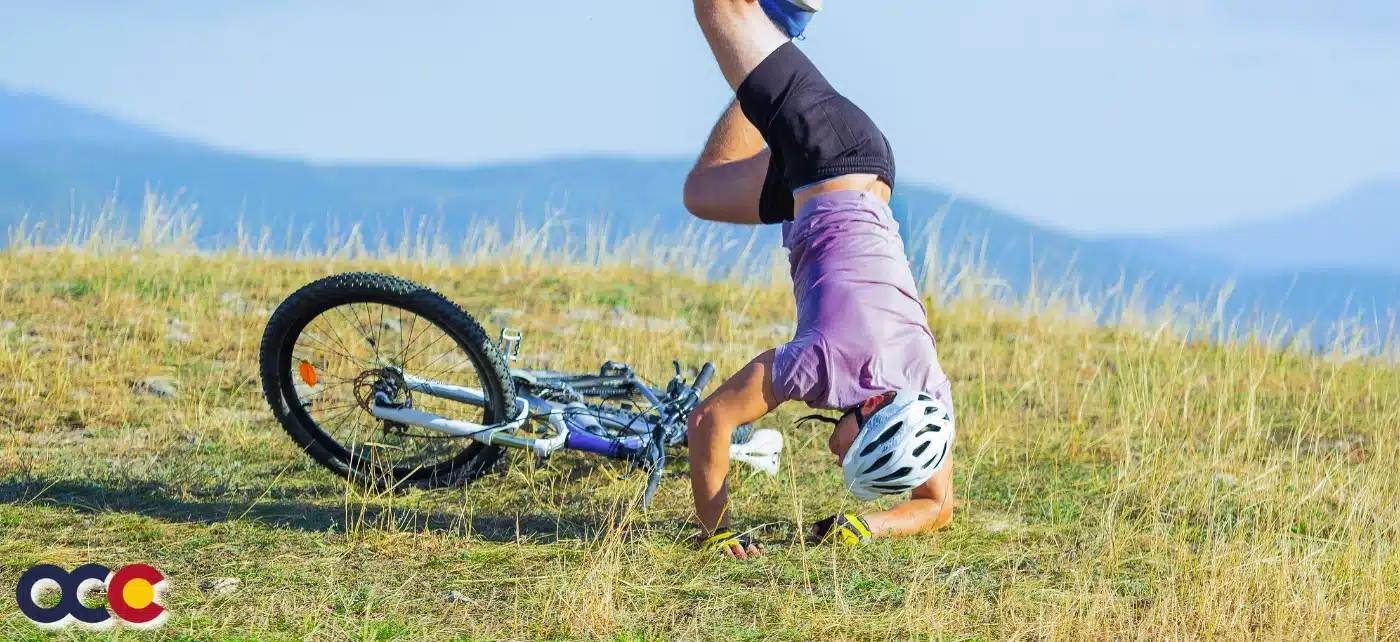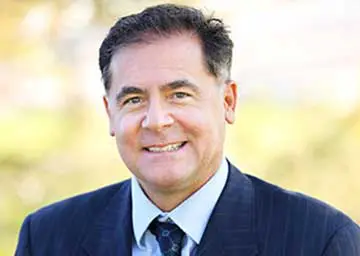Spine surgeons know that your spine is one of the most critical parts of your body, because it protects the spinal cord – that essential collection of nerves that carry messages from your brain to the rest of the body. It also plays an important role in supporting your posture, especially your head and neck.
If you have severe or chronic back or spine pain, it’s likely that you’ve seen some kind of doctor to try to reduce pain, increase mobility or both. But when should you see a spine surgeon?
Spine surgery is typically only pursued when pain or mobility have a significant impact on a patient’s day-to-day life and after many other non-surgical solutions have been exhausted. But that doesn’t mean you need to wait until you feel like you’re out of options to see a spine surgeon.
Our team of neck and spine surgeons and physiatrists specialize in the evaluation, diagnosis and treatment of neck and spine disorders including – but not limited to – surgery. Their expertise extends to non-surgical spine care using conservative methods such as physical therapy, interventional spine care, and injections.
Seeing a spine surgeon who takes this approach will give you the most options for your care. They will use important diagnostic techniques to make the most informed recommendations and work closely with each patient to gain a deep understanding of symptoms, overall health and lifestyle, as well as short and long-term goals.
The Importance of a Comprehensive Diagnosis Before Recommending Spine Surgery
A spine surgeon and their team will use a physical exam, various imaging and other diagnostic techniques to pinpoint the source of pain and identify any clear anatomical abnormality that may be pinching a nerve or causing instability. Common conditions that may prompt a recommendation for surgery include:
Spinal Stenosis: which puts pressure on the spinal cord due to a narrowing of the spinal column
Disks Abnormalities such as degeneration, herniation or rupture of the disks, which act as the cushions between the bones of the spine.
Fractures: including microfractures caused by osteoporosis, or more significant fractures that often come from a trauma, such as a car accident.
Spondylolisthesis: where a bone or bones slips forward onto the bone below it.
But sometimes there is no visible anatomic problem. In these instances, an orthopedic spine surgeon generally will not recommend surgery, because there is simply not a clear problem that could benefit from surgical correction. There are, of course, always exceptions, which is one of the many reasons why it’s so important to see an orthopedic spine surgeon who has a wide array of expertise.
The most holistic spine surgeons look at the whole patient and make it a priority to provide non-surgical options before they recommend surgery, ensuring that spine surgery is not used as a ‘fishing expedition’ for the source of pain.
A thorough examination will reveal the proper course of treatment is right for you.
Non-surgical solutions include:
-
-
-
- • Changes in activity levels that incorporate periodic stretches, massages and rest periods
- • Heat and ice treatments
- • Aspirin or NSAIDS
- • Oral or steroid injections can reduce the underlying inflammation causing the discomfort.
- • Physical therapy to help your body’s structural support system reduce back strain
-
-
There are also minimally-invasive surgical procedures to consider. Minimally invasive procedures typically focus on backbone surgeries that target herniated discs, fractured vertebrae, spinal infections, deformities or instability.
Given the smaller incisions of these procedures, their smaller impact to adjoining muscles and soft tissue tends to lead to less pain and a quicker post-surgery recovery.
Minimally invasive procedures include:
-
-
- • Lumbar decompression: Removing portions of bone or a herniated disk to relieve pressure on spinal nerves
- • Spinal fusion: Fusing together damaged vertebrae to create a single stable bone
- • Discectomy: Removal of a back or neck disk
- • Laminectomy: Removal of the back part of a vertebrae to create space for spinal nerve
-
If you’re considering seeing a spine surgeon, look for a fellowship-trained, board-certified expert that does more than surgery. Dr. Michael Shen uses the most recent conservative methods and surgically the most up to date technology and techniques to treat all disorders of the neck, mid-back and lower back.
[av_heading heading=’Best Spine Surgeon’ tag=’h3′ style=” subheading_active=” show_icon=” icon=’ue800′ font=” size=” av-medium-font-size-title=” av-small-font-size-title=” av-mini-font-size-title=” subheading_size=’15’ av-medium-font-size=” av-small-font-size=” av-mini-font-size=” icon_size=” av-medium-font-size-1=” av-small-font-size-1=” av-mini-font-size-1=” color=” custom_font=” icon_color=” margin=” margin_sync=’true’ padding=’10’ icon_padding=’10’ link=” link_target=” id=” custom_class=” av_uid=’av-ki6glhde’ admin_preview_bg=”][/av_heading]
[av_one_third first min_height=” vertical_alignment=” space=” custom_margin=” margin=’0px’ padding=’0px’ border=” border_color=” radius=’0px’ background_color=” src=” background_position=’top left’ background_repeat=’no-repeat’ animation=” mobile_breaking=” mobile_display=” av_uid=’av-5rvft1′]
[av_image src=’https://advancedortho.org/wp-content/uploads/2020/10/shen_feature-300×300.png’ attachment=’13166′ attachment_size=’medium’ copyright=” caption=” styling=” align=’center’ font_size=” overlay_opacity=’0.4′ overlay_color=’#000000′ overlay_text_color=’#ffffff’ animation=’no-animation’ hover=” appearance=” link=” target=” title_attr=” alt_attr=” lazy_loading=’disabled’ id=” custom_class=” av_element_hidden_in_editor=’0′ av_uid=’av-jhhxu0a8′ admin_preview_bg=”][/av_image]
[av_textblock size=” font_color=” color=” av-medium-font-size=” av-small-font-size=” av-mini-font-size=” av_uid=’av-jhhxeat7′ custom_class=” admin_preview_bg=”]
Dr. Michael Shen
[/av_textblock]
[av_button label=’Meet Dr. Shen’ link=’post,607′ link_target=” size=’small’ position=’center’ label_display=” icon_select=’yes’ icon=’ue80a’ font=’entypo-fontello’ color=’theme-color’ custom_bg=’#444444′ custom_font=’#ffffff’ av_uid=’av-jhhxuh12′ custom_class=” admin_preview_bg=”]
[/av_one_third][av_one_third min_height=” vertical_alignment=” space=” custom_margin=” margin=’0px’ padding=’0px’ border=” border_color=” radius=’0px’ background_color=” src=” background_position=’top left’ background_repeat=’no-repeat’ animation=” mobile_breaking=” mobile_display=” av_uid=’av-3lud9h’]
[/av_one_third][av_one_third min_height=” vertical_alignment=” space=” custom_margin=” margin=’0px’ padding=’0px’ border=” border_color=” radius=’0px’ background_color=” src=” background_position=’top left’ background_repeat=’no-repeat’ animation=” mobile_breaking=” mobile_display=” av_uid=’av-2qt97p’]
[/av_one_third]









